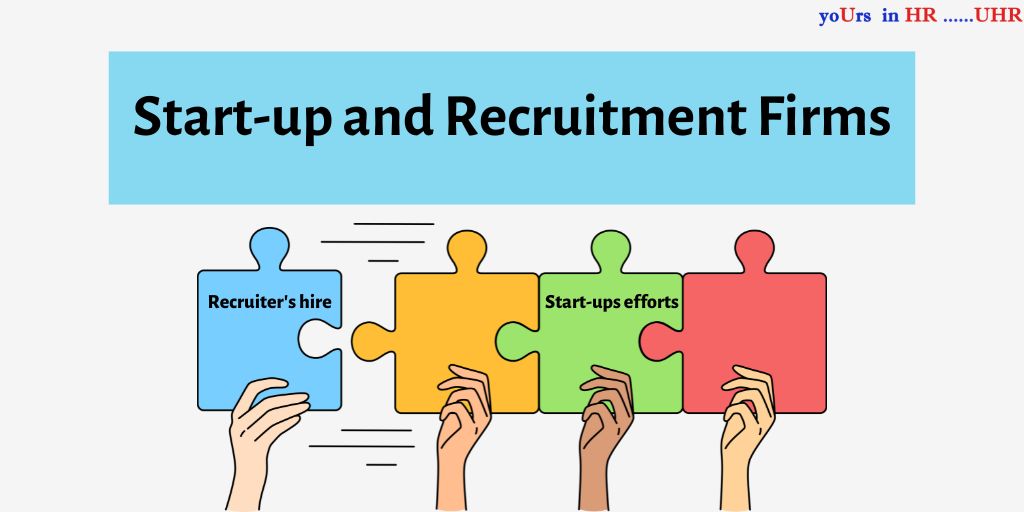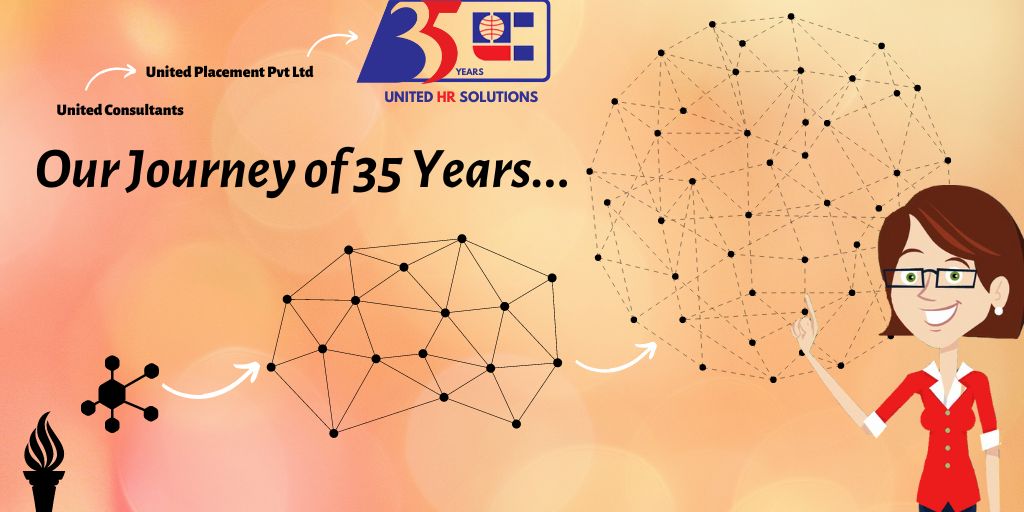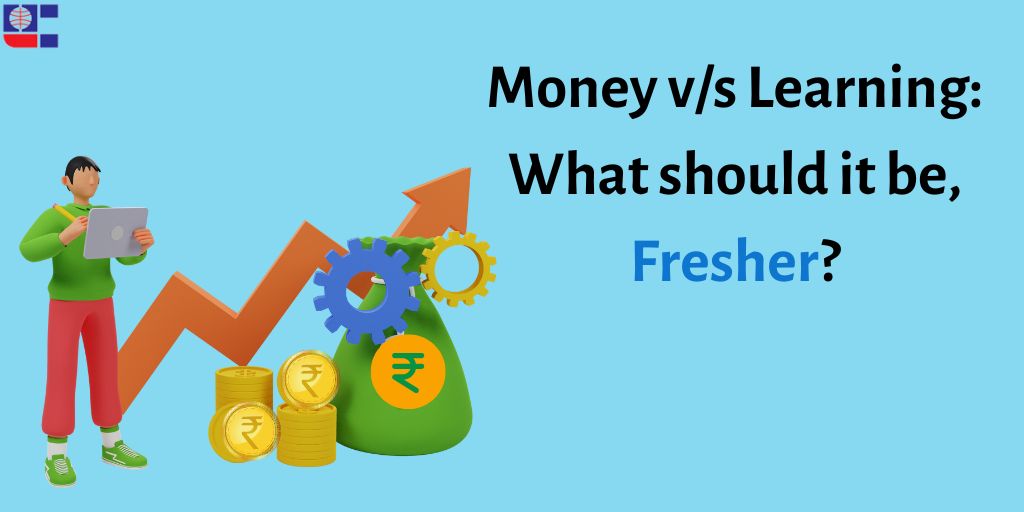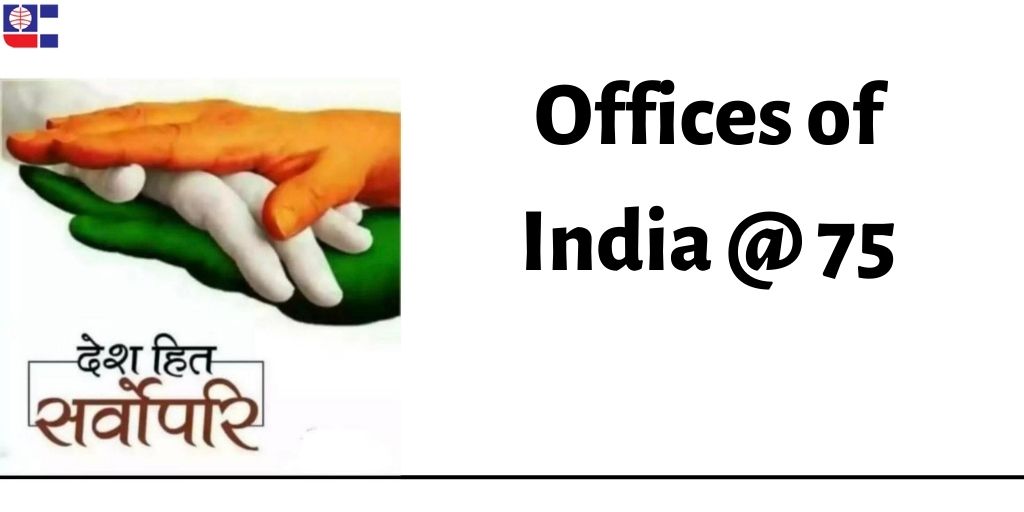
Start-ups have been springing up all around since many years now. As we have discussed in one of our earlier articles, it is actually a good idea for start-ups to take the assistance of a recruitment firm when it comes to hiring.
Times have changed a little, and now more candidates might be ready, even enthusiastic, to work for start-ups, especially the millennials and the Gen-z who are (in)famous for jumping jobs, looking for better opportunities. They want purpose and meaning, and not just a stable job.
Let us see how recruitment firms can further help start-ups when it comes to hiring.
Helps in establishing the credibility of the start-up:
Start-ups are generally in the process of creating their ‘brands’ as we have discussed in the earlier article. A ‘reputation’ is still a work-in-progress thing. A recruitment firm, with its proper process, right from the initial job-posting, to the client-network that it taps into, will help the start-up to establish credibility.
Despite the progressive attitudes, it is still tricky for many start-ups to be taken seriously. A start-up is much more likely to be taken seriously when it is backed by the strong hiring process of a recruitment firm, which is well-established and has a client network that trusts its headhunting.
Helps in identifying the start-up’s place in the market:
A start-up is an adventure. It is a product of drive, passion and dedication to be a changemaker. There is the motivation to do whatever it takes. But things can get tricky when one tries to figure out: what exactly does one need to do?
You might work 16 hours a day and still not generate the revenue you want.
You might network with a hundred people, pitch in your brand and perhaps get only one application.
A recruitment firm on the other hand, with its understanding of the market and where your start-up stands within that market, and what kind of talent would be attracted the most to your brand, can get you multiple applications with its one job posting.
Moreover, experienced recruiters have the wisdom of what the competition looks like, and what candidates are looking for, and they can guide the start-ups accordingly in tweaking job profiles and managing their expectations.
Recruitment firms can add the touch of smart work to that hard work.
Helps in understanding the smaller details:
Running a start-up comes with its own legalities and technicalities. Recruiting for a start-up too comes with its own legalities and technicalities.
For example, the various labour laws that are governed by particular countries, laws about hiring if you plan to hire international employees, laws about contracts, laws that govern full-time and part-time employees and so on. A recruitment firm can help the start-up in ensuring that these legalities and technicalities are being followed and complied with.
The importance of hiring the right people:
It is important, correction, more important for the start-ups to hire the right people. Bigger brands and companies have the advantage of higher scale operation and more manpower. This means that the company will function fairly well even with a few vacancies if someone decides to leave suddenly. There will not be any major dent on the overall functioning of the company. The workload will also be distributed in a just manner.
A start-up on the other hand, is much more volatile, and chances are, the workload may fall on a few individuals in case someone leaves. The smaller-scaled operations also mean that a few disruptions about roles and functions here and there might leave the start-up in shambles.
With such a glaring contrast, it is definitely important that the start-up hires the right people who will help in driving their mission forward and who would help in running it well. This is why a recruitment firm, that understands their brand, requirements and expectations would help the start-up in saving much time, resources and money that might go in the costly trial-and-errors of hiring the wrong people.
A start-up may decide to hire a recruitment firm, or an individual consultant. In any case, following a structured recruitment process is likely to help save up time, money and resources. It is likely to help the start-up channelise their labour smartly into more useful avenues. The recruiters will do the job of establishing their credibility, understanding their brand and tapping into the relevant market. The start-up can continue to dream and work on that dream.





